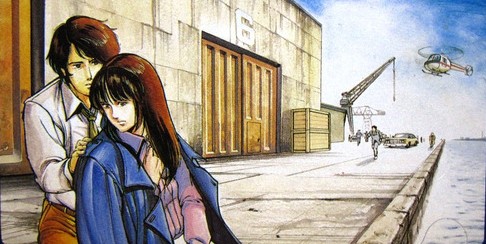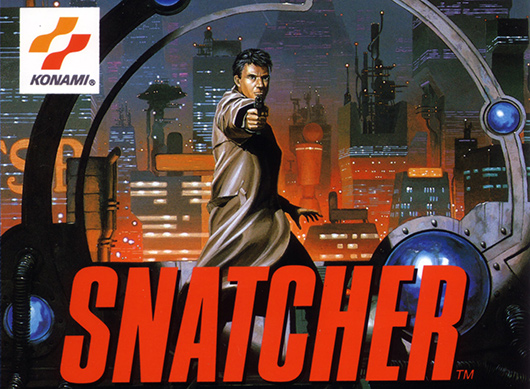
Portopia Renzoku Satsujin Jiken & Yūji Horii: who is the killer?
- Details
- Written by Andrea Funaro

We discussed the birth and history of The Portopia Serial Murder Case (Portopia Renzoku Satsujin Jiken ポートピア連続殺人事件), it's now time to reveal the murderer's name and identity.
Sadly, as I was gathering material for the article, I inadvertently spoiled myself and read the culprit's name just as I was attempting to solve the game.
Imagine my surprise when I found out the culprit is our very own assistant Yasu!
Of course, this explains why Yasu often tries to point us into the wrong direction, trying to convince us that the murder was actually a suicide.
How was I spoiled so easily? The reason is, the game's twist ending is so well known and popular, it has become something of a saying: 'Hannin wa Yasu 犯人はヤス', 'Yasu is the culprit' is sometimes used even today, when confronted with a problem of mystery and no solution in sight.
A quick Google search is enough to spoil oneself, although the impact of the revelation remains, considering Yasu is the game's most often seen character, and the one that most prominently features on the game's box, game cartridge, and guides.

The popularity of the catchphrase was enhanced by comedian and director Takeshi Kitano: in 1986 he played the game live for his nighttime radio program Beat Takeshi no All Night Nippon ビートたけしのオールナイトニッポン: he immediately solved the case and revealed Yasu as the culprit, spoiling a whole generation of players.
Since then, the catchphrase has been endlessly used in anime, manga, games and tv shows, to the point that Yasu has been dubbed as Nippon'ichi yūmei na han'nin 日本一有名な犯人, Japan's most famous criminal.

As we saw, Yuji Horii innovated Japan's video game sector with his creation. Portopia was Japan's first adventure game, a genre which it defined just as Super Mario defined platformers, and Dragon Quest RPGs.
It even influenced Hideo Kojima 小島 秀夫, one of Japan's most famous game designers – best known for his Metal Gear franchise.
In a 2005 interview he pointed to Portopia, along with Super Mario, as the game that pushed him to enter the industry.
It was when I played Portopia Murder Case (Famicom) by Yuji Horii (Dragon Quest). Along with my encountering Super Mario Bros., experiencing this game led to my working in this industry. The player is a detective and tries to solve this murder case with his colleague called Yasu. There's mystery, a 3D dungeon, humor, and a proper background and explanation of why the murderer committed the crime. That is why there was drama in this game. My encountering this game expanded the potential of video games in my mind.
Portopia's influence can be clearly seen in Snatcher, a cyberpunk-themed adventure Kojima created in 1988 for MSX and NEC PC-8801 with Konami: the game is set in Neo Kobe, and uses the same command system Horii designed for Portopia.

More recently, a group of fans found an Easter egg within Kojima's most recent game, 2015's Metal Gear Solid V: The Phantom Pain.
In the game's final scenes, the player can find a cassette labeled 'OPERATION INTRUDE N31', which the protagonist plays with a Sony SDC-500 Bitcorder (a device that interfaces with a PC Sony HB-F1 MSX2).
What comes out is a strange sound, which was discovered to be the same sound one would get when booting Portopia on a NEC PC-6001. Obviously, as the data is not compatible with the PC MSX2, nothing comes out of it.
Metal Gear Solid V is full of Easter eggs, so it can't be ruled out someone might find more later on.
In a game update released in November, Konami deleted the Portopia audio from the game, replacing it with an audio track from the MSX version of Metal Gear.


